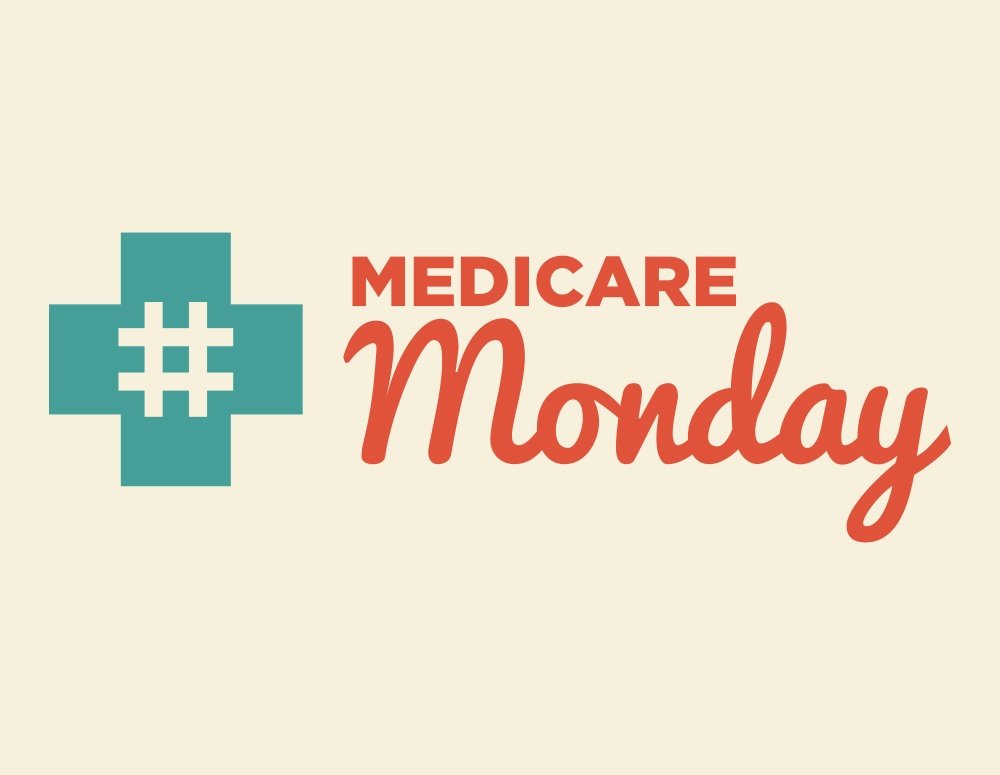
Last week, the Centers for Medicare & Medicaid Services announced that average monthly premiums for Medicare Part D prescription drug coverage in 2017 will increase by just $1.50 per month to an estimated $34. Medicare Part D is unique in that robust competition and negotiation between plans and manufacturers continue to work to keep costs low for both beneficiaries and taxpayers. Thanks to a competitive market, seniors and people living with disabilities can choose from a range of plans to meet their needs.
Here are three things to know about this year’s premium announcement:
- Part D Continues to Offer Affordable Prescription Drug Coverage
Medicare Part D continues to provide beneficiaries with access to affordable prescription drug coverage. Monthly premiums remain relatively stable (and substantially less than original projections for 2017). With average premiums at an estimated $34 per month, along with the continued availability of a range of plan choices, coverage remains available and affordable for seniors and people living with disabilities.
- Private Negotiation Leads to Increasing Rebates on Brand Medicines
Medicare Part D plans negotiate significant discounts and rebates with drug manufacturers to achieve savings on medicines and use them to help reduce premiums, deductibles and cost-sharing for beneficiaries. The latest Medicare Trustees report shows average rebate levels have increased each year of the program and are projected to remain high. The report notes that rebates for brand medicines are substantial.
- Competition in Medicare Part D Works
The Part D program is unique; private plans compete with each other and negotiate prices with pharmaceutical manufacturers, rather than the government setting prices. Competition between private Part D plans drives affordable coverage for beneficiaries while also providing value for taxpayers. In the case of new treatments and cures for hepatitis C, competition between treatments generates savings for a variety of payers, including Medicare. Average rebates for some hepatitis C products increased from about 22 percent in 2014 to 46 percent in 2015.
 Learn more about Medicare Part D at PhRMA.org/PartD.
Learn more about Medicare Part D at PhRMA.org/PartD.
*This blog was updated on August 3, 2016.



 Learn more about Medicare Part D at PhRMA.org/PartD.
Learn more about Medicare Part D at PhRMA.org/PartD.